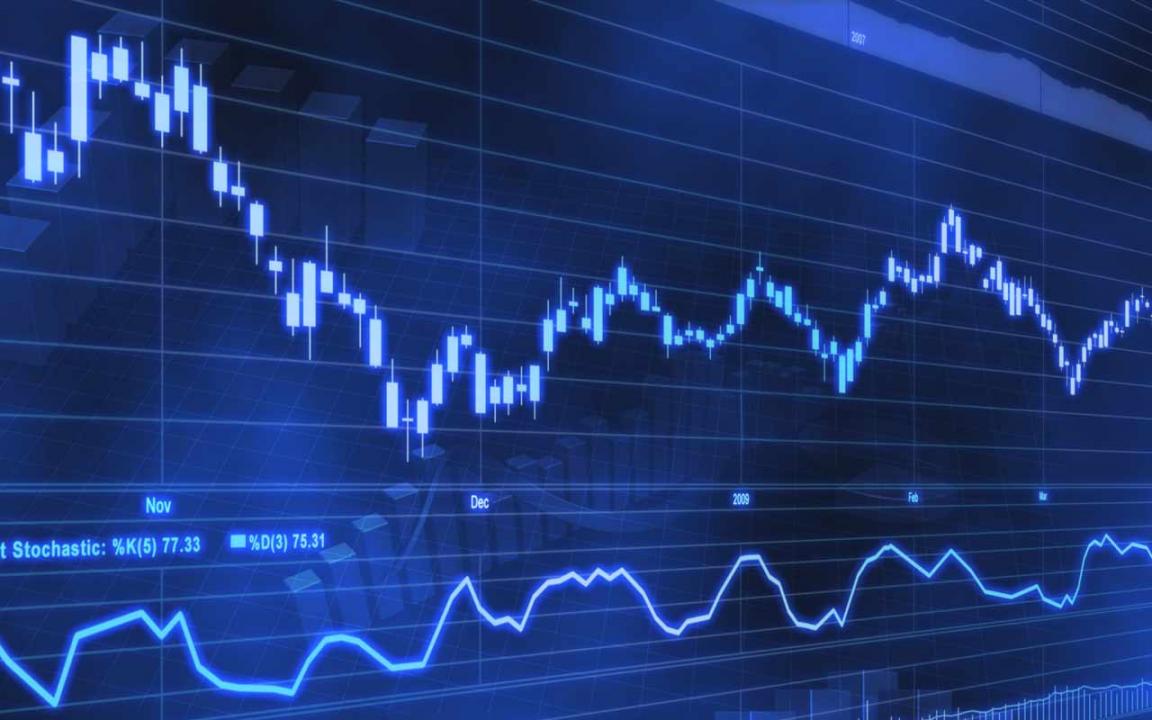Tehran Stock Exchange’s main index wrapped up a third week of downbeat performance, losing 330 points or 0.49% to settle at 66,451.
According to TSE data, during the week that ended August 5, the First Market Index slipped 439 points or 0.92% to end at 47,404.8. The Second Market Index, as the only positive contributor, gained 510 points or 0.36% to 1410,401.7. The Free Float Index plummeted 528 points or 0.69% to settle at 75,478.6. The Industry Index lost 294 points or 0.54% to 54,521.4. The Financial Index retreated 425 points or 0.3% to 143,374.1. The Price Index pulled back 131.3 points or 0.49% to close at 26,425.1. The TSE 30 Index was down 22 points or 0.73% to 2,951.7 and the TSE 50 Index fell 13 points or 0.49% to 2,723.2.
About 2.74 billion shares changed hands in five trading days valued at around $252 million to post 68.9% and 8% increase in weekly trade value and volume respectively.
Prevailing ups and down at the TSE daunted both retail and institutional investors with the overall index shedding 3.51% since July 20. Most of the 36 listed sectors at TSE have failed to post gains since then. Medical and measurement devices with more than 6% retreat were the biggest market laggards followed by mining extraction with 5.1 and paper products with 4.6%. Sugar, wooden products and transportation were top gainers during the three-week period.
European delegations have been heading to Iran en masse lately. They have already signed contracts with partners to invest in local projects, paving the way for the dissolution of the most crucial systematic risk in the equity market amid fresh momentum in the overall economy. However, it seems that investors are still too cautious to digest the new atmosphere.
Iran’s huge potential has piqued the interest of investors across the world. An array of foreign investors, including fund managers and portfolio managers, are visiting the country to negotiate with prospective partners with the aim of enjoying the first mover advantage in the untapped Iranian market.
“Despite many lingering issues, including sagging economy, recession, ambiguities in fuel prices for power plants, petrochemicals and refining companies, slump in cement, coke and steel markets, high interest rates and lack of liquidity, the equity market will no longer retreat, and I am even concerned that the TSE may stage unbridled rallies in the not too distant future,” says Hossein Abdoh Tabrizi, a member of the High Council of Exchange Market Representatives.
Despite the fact that Iran does not have an integrated debt market, Islamic bonds in a country with lower public debt, attractive yields, massive natural resources and collateralized industries are expected to usher in a flock of inflows once sanctions are lifted.
The appetite for a bond market for Iranian companies is pretty high. According to the World Economic Forum, Iran’s total government debt was just 11.4% of gross domestic product last year, which underscores how lucrative Iran can be for international lenders.


